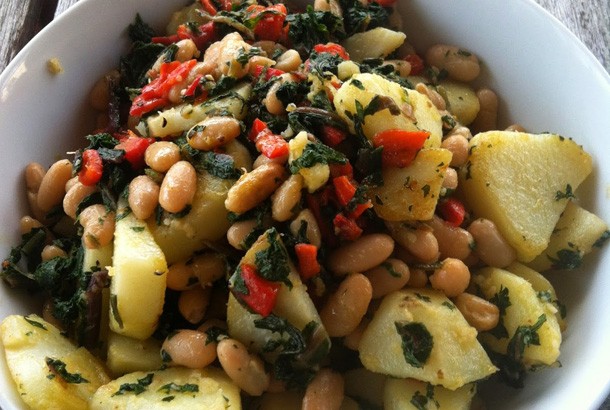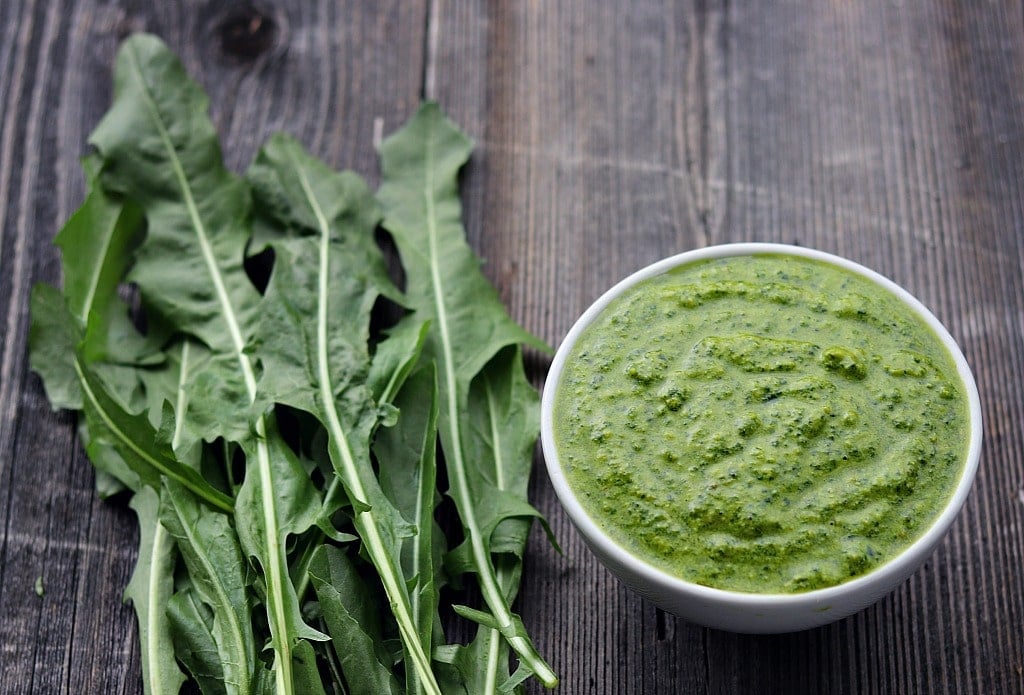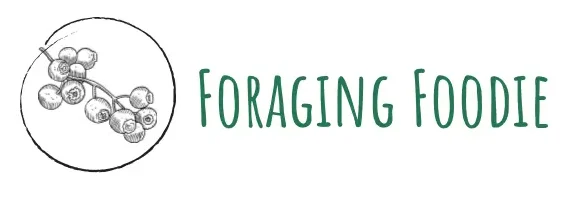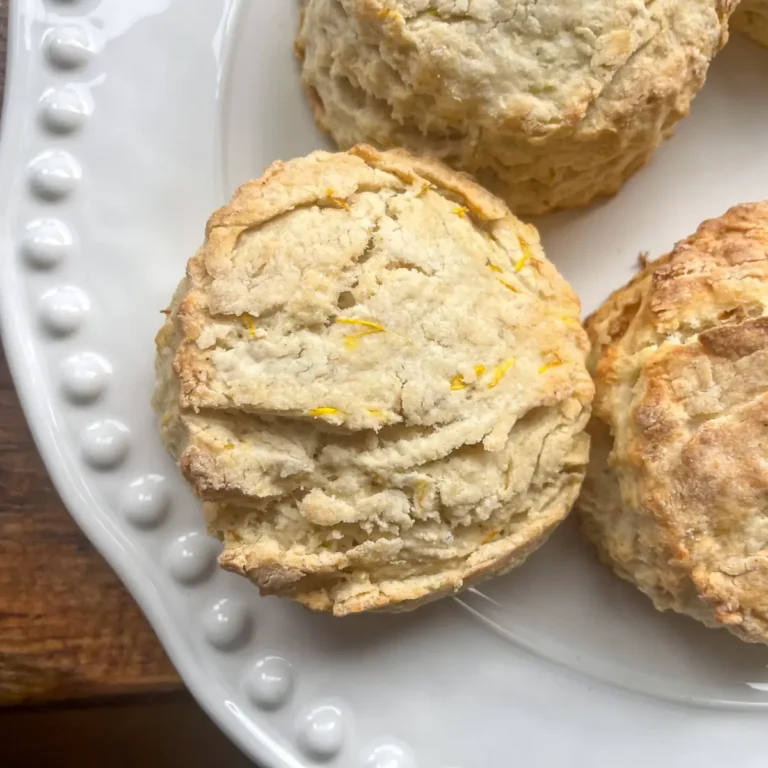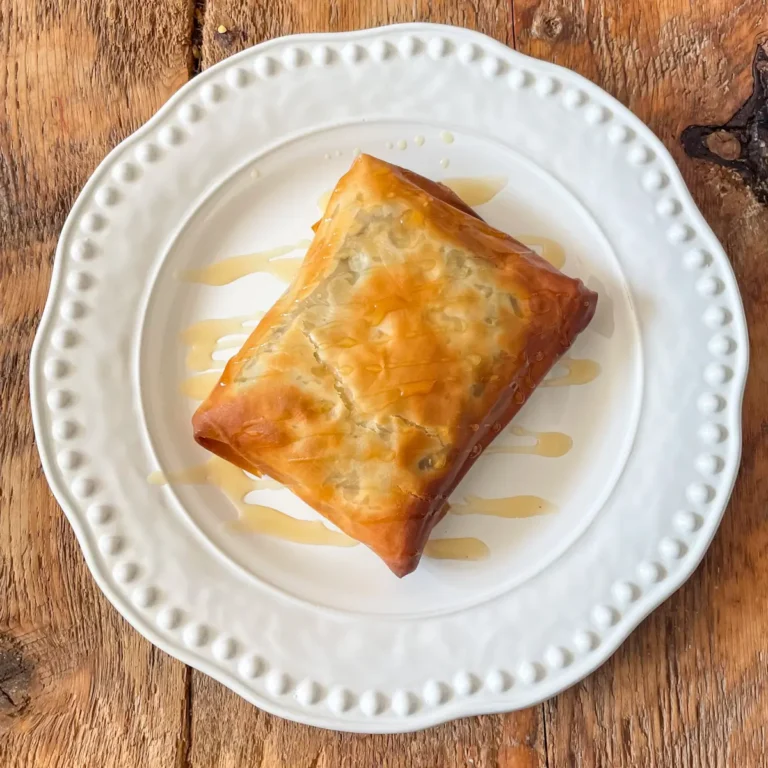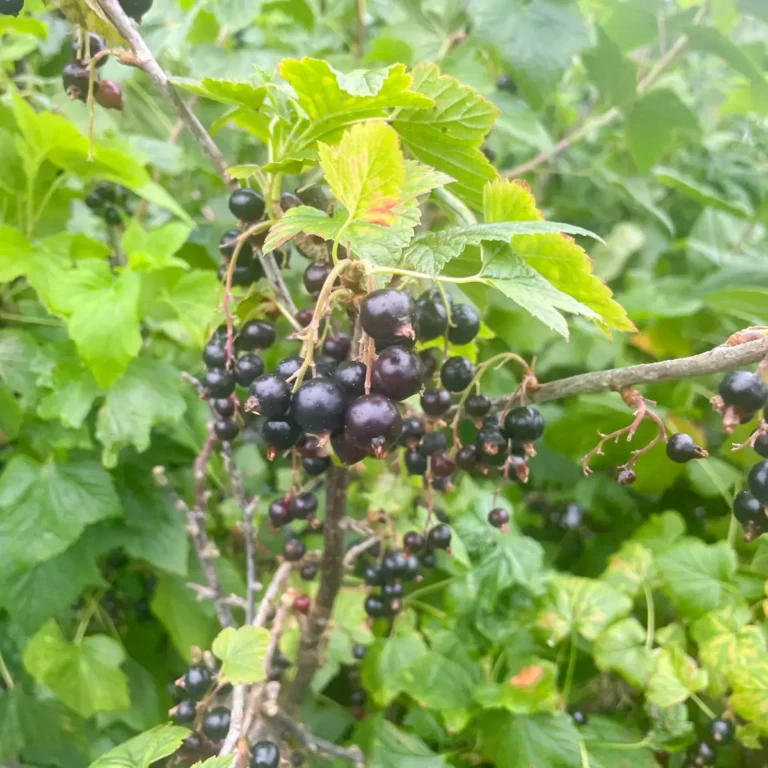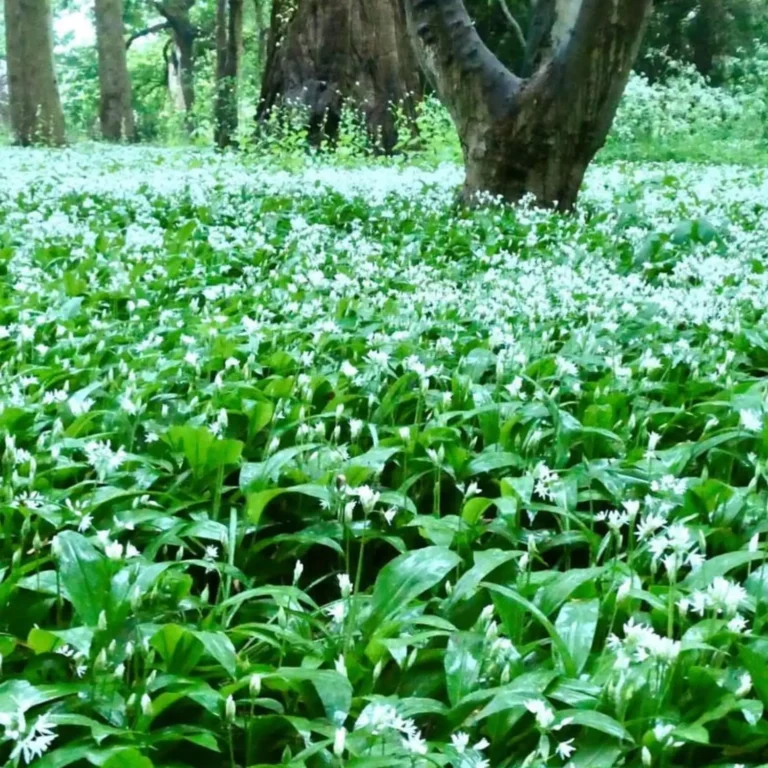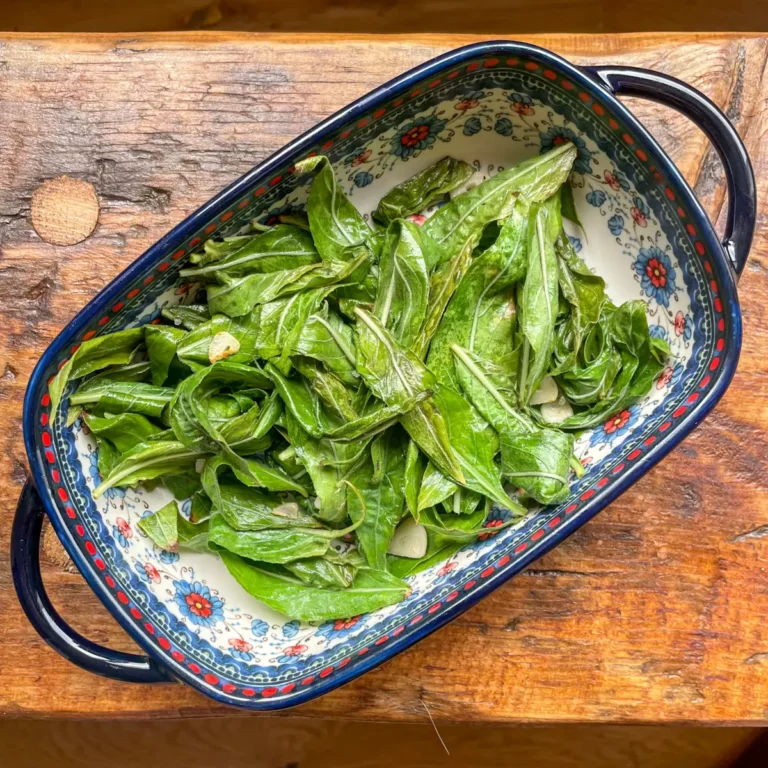Dandelions – those bright yellow flowers we were all taught to call “weeds” – are actually one of the most versatile, useful and entirely edible plants in the wild. From root to flower, every part of the humble dandelion can be eaten, brewed or turned into something delicious. And the best part? They’re everywhere.
If you’re new to foraging, dandelions are a brilliant plant to start with. They’re easy to identify, grow abundantly throughout the UK and offer multiple harvestable parts across the seasons. You’ve probably got some in your garden or local park already – they’re a gift from nature hiding in plain sight.
Let’s dig into how to find, identify, use and enjoy this underrated powerhouse of a plant.
How to Identify
Dandelions are incredibly distinctive once you know what to look for – but it’s worth getting familiar with them, as there are a few similar-looking plants out there.
- Leaves Long, jagged-edged leaves growing in a basal rosette (close to the ground). The lobes often point back toward the centre of the plant. Some say they look like lion’s teeth (hence “dandelion” from the French dent-de-lion).
- Flowers Bright yellow, made up of dozens of thin ray petals. They open with the sun and close up in the evening or on cloudy days. One flower per hollow, leafless stem.
- Stems Hollow and slightly milky when broken. No leaves or branching on the flower stem.
- Seeds The iconic fluffy seed head, the dandelion clocks we all blew as children to “tell the time.”
Harriet’s tip: If you’re unsure, you need to snap the stem. The hollow, milky centre is a good giveaway. And remember: true dandelions never have branching flower stems.
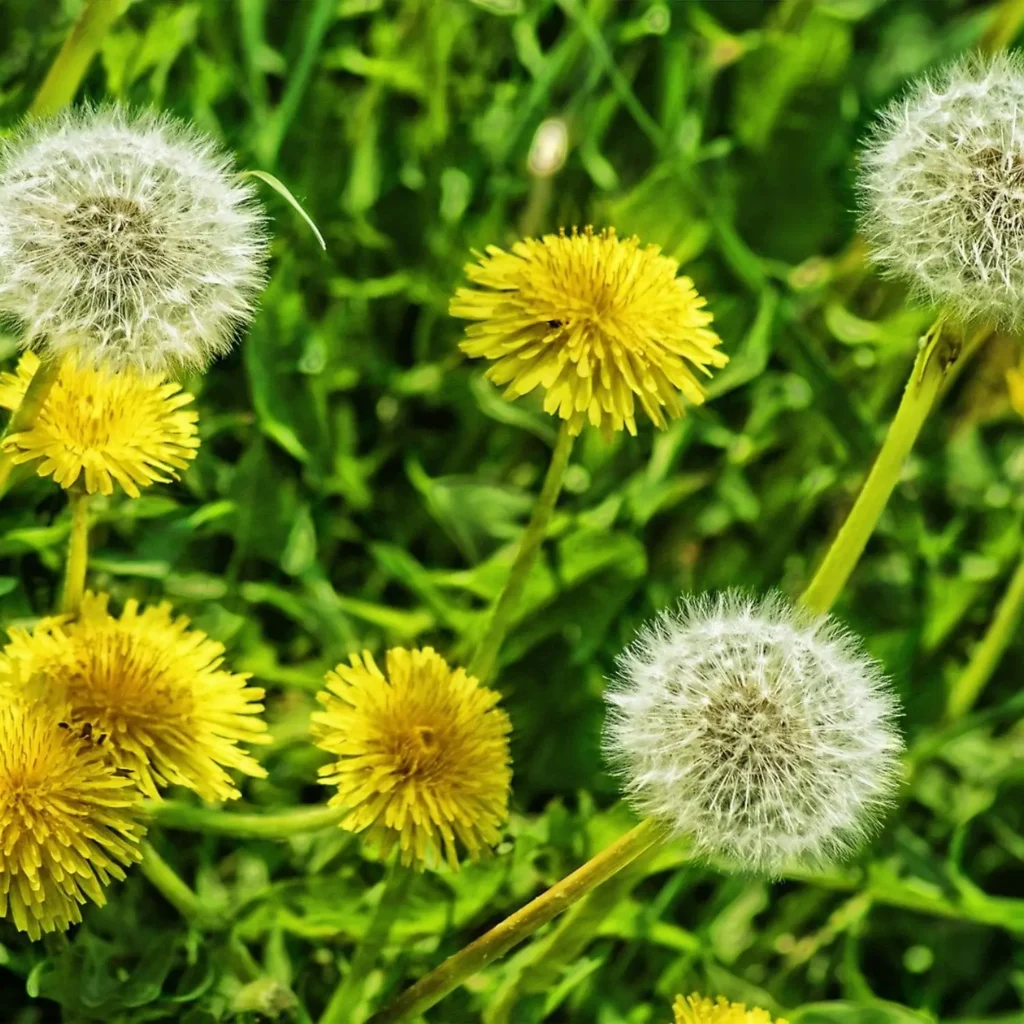
Where to Find Them
The easier question might be, where don’t you find them?
- Gardens, lawns, parks
- Pavement cracks, verges, and roadside edges (though avoid picking here)
- Meadows, fields, woodland edges
- Allotments, orchards and school grounds
Dandelions love disturbed ground and sunlight. They’re usually one of the first plants to appear in spring and one of the last to disappear before winter.
An unfortunate note, but an important one – there’s a picture of dandelions on the Roundup weed killer bottle for a reason. People do see these as weeds. Don’t forage from anywhere where you have any reason to believe the plants may have been sprayed with weed killer.
When to Forage
- Leaves: Best in early spring (March to April) when they’re young, tender and less bitter. Can be eaten all year but get more bitter with age.
- Flowers: April to July is peak blooming time. Pick on sunny days when they’re fully open.
- Buds: Can be picked before flowers open, great for pickling.
- Roots: Autumn is the best time if you want to harvest roots. That’s when the plant’s energy stores are concentrated underground.
How to Forage Sustainably
- Dandelions are abundant, but still only take what you need.
- As mentioned above, avoid areas that may have been sprayed with pesticides or fertilisers.
- Leave enough for the pollinators please! Bees love dandelions, especially in early spring when other food sources are scarce.
- If digging roots, use a trowel and go slowly to avoid breaking them (and to leave some intact for regrowth).
How to Use & Store
Leaves:
- Use fresh in salads when young and tender
- Stir-fry or sauté with garlic and olive oil (a bit like spinach, evening primrose or chicory)
- Blanch and add to frittatas or soups
- Dry for tea
Store fresh leaves in the fridge wrapped in a damp paper towel for up to 3 days.
Flowers:
- Use to infuse oil for skincare or herbal salves
- Make dandelion honey/syrup. This is so delicious – floral, golden and perfect on toast
- Dandelion wine, if you’re feeling adventurous
- Use the petals to decorate cakes or mix into pancake batter
Best used fresh. They wilt quickly, so harvest right before you need them.
Buds:
- Pickled dandelion buds = wild capers!
- Great in potato salad or pasta
Roots:
- Scrub and roast for a caffeine-free coffee alternative
- Use dried root in teas
Store cleaned roots in the fridge for up to a week or dry them for longer-term storage.
Dandelions are a reminder that food doesn’t have to come from far away. Sometimes, it grows right under your feet! They’re abundant, useful and full of character – just like the best kinds of kitchen ingredients.
So next time you see a sea of yellow on your morning walk, don’t dismiss them as weeds. Stop, look closer, and maybe bring a few home.
Recipes to Try With Dandelions
Give these recipes a try with your foraged goodies:





:max_bytes(150000):strip_icc()/1130001-fried-dandelions-appalachian-style-Larry-4x3-1-fd2251efa19a4a5fa424b090f2a14991.jpg)
